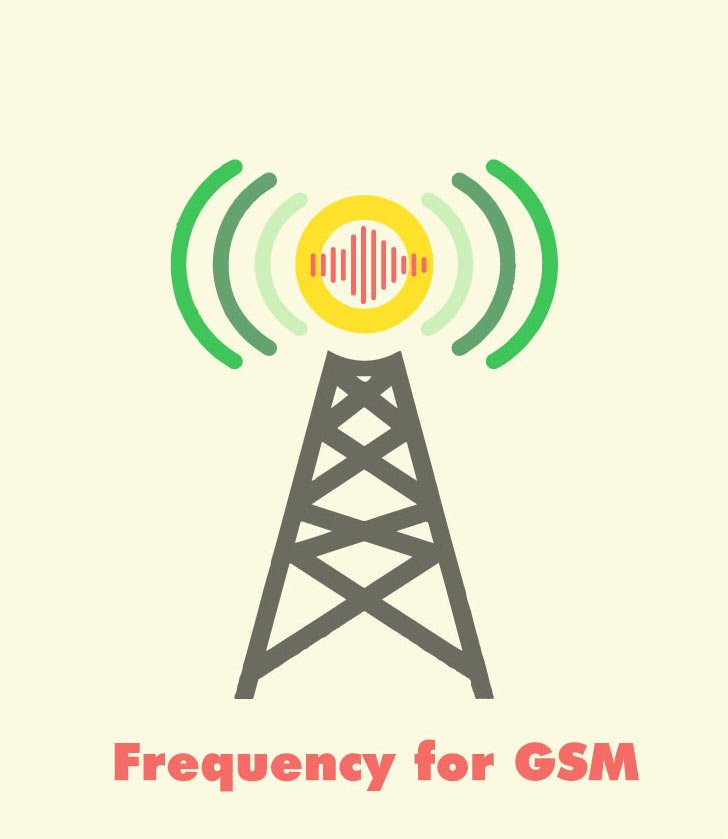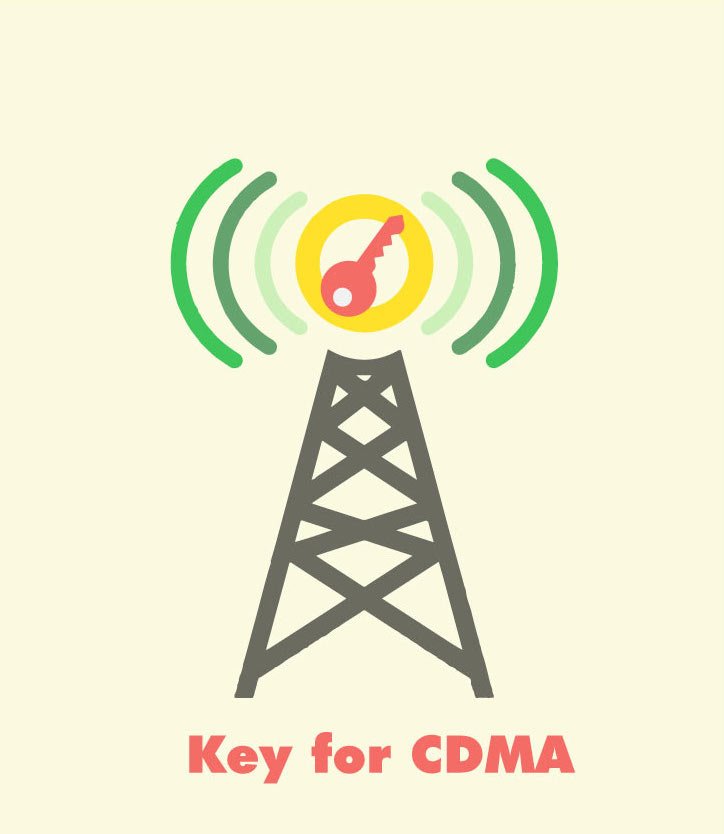The world is now waiting for the coming of the much-awaited 5G technology in mobile communication. But before we start getting those, let’s look at the ones that started it all. The two key players in the evolution of global mobile communications, we’ll be looking at CDMA vs GSM. What made these two different and is one better than the other? We shall also see how they are getting killed by 4G LTE technology and what it means for the people who have phones that run on these networks.
CDMA vs GSM was the true competition that wanted people and their devices, whereas 4G to 5G is just an evolution. This also shows how the new technology when restricted could get far behind something open-source.
From 1G to 2G
The first generations of the phones used analog signals to transmit the voices of people trying to connect. But then as the technology evolved, people wanted a new method of connecting. As more people started getting phones, mobile carriers needed more space to fit in those people. Hence this was the first evolution of mobile networks, from 1G to 2G. And there was a competition between two technologies to get into peoples’ phones. It was CDMA vs GSM
Phones companies had two options to go with. The first one easily available and much cheaper GSM that was developed by 3GPP, which is a global association for telecommunication. The other was the hot new and more advanced CDMA, developed by the popular chipmaker company Qualcomm. The teams were divided.
What is GSM
GSM stands for Global System (or Standard) for Mobile and as the name suggests, this truly is a global standard. It was founded in 1987. GSM covers almost the entire earth’s communication devices. Here are some stats; More than 80% of the world’s mobile network uses GSM and 76% of the world’s population has GSM enabled phones. There are many reasons other than being cheap and easily available for GSM to become the widely adopted network. I’ll discuss that later, but first, the technology used in the GSM network in layman’s terms.
Technology of GSM
I can go ahead and describe the tedious and technical definition for GSM but that would not be fun for me and you. So I’ll be describing how the network works in some easy words and analogies.
GSM uses TDMA and FDMA which stands for Time Division Multiple Access and Frequency Division Multiple Access. What this means is that this technology allows users to talk to other people and also use voice and data at the same time. This is how it works.

In TDMA, when a person talks with another person, the voice is converted into digital signals. These digital signals are then allotted to different timestamps. So let’s say that your voices are given the timestamp of ‘C’ in a stream of different timestamps ABCDABCDABCD (here A B and D are different users talking), your message would be stitched together and will be delivered to the other person as CCCC. This happens instantly and all you hear is fluent words. A similar thing happens with frequency in FDMA. GSM operates in the frequency range of 900 to 1800 MHz in Asia and Europe and 950 to 1900 MHz in North and South America.
What is CDMA
The competitor for GSM was CDMA, which stands for Code Division Multiple Access. This technology came after GSM and was created and patented by Qualcomm. At the time of launch, this was considered to be the superior network and it was. But it was never adopted globally and still is limited to mainly the US and Russia.
The reason why not many companies adopted this network was that it was expensive. Europe had mandated that companies will use the GSM network only, so CDMA was out of consideration. But for companies that could choose it didn’t. They were better off with cheaper and preferred GSM in a developing market. Some companies like Sprint and Verizon could afford it and they did. These two still use CDMA framework, although they are ditching them now.
Technology of CDMA
Instead of dividing time slots or frequency slots, CDMA had a faster and more secure technology. It was using codes and keys to ensure that your connection remained private and secure. Here is how it works;

What CDMA does is it makes every call request into a layer and stacks them on a pile. Each call request is given a key. This key is also given to the other devices. The two devices with the same key can access the call layer from the stack. This allows faster and secure connection with superior audio quality (as the entire bandwidth is available) and lesser call drops. But there were some drawbacks to using CDMA.
CDMA vs GSM: which is better?
If you are reading this article and thinking about getting CDMA or GSM based on their merits, don’t (I hope you’re reading it just to know more about these technologies). The merits or demerits don’t matter at all now, and it mattered very less when these technologies came.
There were a lot of merits of using GSM back in the day because of the convenience. GSM had SIM systems for storing users’ information. This wasn’t the case for CDMA. CDMA devices did not have SIM card slots and the carrier was preinstalled on the phone. You could not just change your network without asking the network provider.
Another reason why people chose GSM was it was relatively cheaper. It was available everywhere (at least in Asia and Europe) and it was beneficial for people looking for international roaming. GSM devices were flexible and allowed both data and voice transmission at the same time. This wasn’t available in CDMA at all. But many chose CDMA because of speed and security.

When it comes to network coverage or connectivity, it is not because of the mobile network technology used, it is about the coverage that the company provides. Both of these technologies provided similar receptivity. Both these networks could support multiple calls via one single tower.
It is worth noting that for GSM to come to 3G technology, they had to adopt a CDMA framework for wider bandwidth. This was called WCDMA (Wider CDMA). Since companies needed to move to more data speeds and wider bandwidth, they had to come under one roof. They had to use one single technology. And this was the death of CDMA vs GSM.
When it was launched, CDMA was considered to be safer than GSM. Safe in terms of radiations. GSM devices emit wave pulses continuously. This caused manufacturers to reduce electromagnetic frequency exposure from the devices. CDMA radiates this pulse only while talking over the phone and that too 28 times less than the GSM device. So if there are any ill-effects of continuous exposure to low-brand frequency exposure, GSM could be harmful. There have been no confirmed reports of any such ill-effects.
The advent of 4G.
3G evolution was for higher speeds of data transfer. They needed a framework for the upgrade and they got it in HSPA and WCDMA. But for the fourth generation of the upgrade, these old frameworks weren’t just doing it. They needed something more. And this time, they decided to be in the same wagon.
Developing new technology for using wider bandwidth was a difficult choice in itself. Different companies were not going to develop their proprietary technology for this. So in 2010, they all adopted the 4G LTE technology. LTE stands for Long Term Evolution.

While major of the companies use the 3G technology as the backbone for their 4G network, they are slowly changing. AT&T has already switched off its 2G GSM series and T-Mobile has reduced it.
You Don’t Need GSM or CDMA to talk now
With the coming of 4G, we have a new technology called VoLTE which stands for Voice over LTE. The bandwidth for 4G data is wide enough to incorporate both data and voice transfer without any congestion. This has made the CDMA and GSM technology useless. Granted there are many people still using CDMA and GSM only 2G phones, they may soon be bricked. Mobile companies are very eager to pull the plug for these networks. So if you know someone using these phones, I’d recommend you to be the bearer of this bad news.
The wait for 5G
5G technology might be the final nail in the coffin for CDMA and GSM. This new tech, officially called 5G NR where NR stands for New Radio will open up a new bandwidth for voice call, providing a much smoother and clearer audio transmission. Then this CDMA vs GSM becomes obsolete. But they were an important part of our communication technologies. But when will 5G be the norm? Read more here. Also, if 5G becomes common, are there any health risks and dangers associated with 5G? Read about that here.
Conclusion
CDMA vs GSM might have no outcomes because it is too late to draw the comparison. Maybe if this article as written in 2003 or 2004, then you could have made a choice, but today, the choice you’ll have to make is between 4G and 5G. People are worried about the ill effects of 5G technology. Here’s an article about 5G and its dangers.
One takeaway from this is how technology grows. CDMA was patented and owned by Qualcomm. This caused the technology to spread properly. GSM was readily available and hence it spread to a bigger market. CDMA may have been the better tech at the time of release, the open-source nature of GSM enabled it to overtake the competition very quickly.

Very informative article, Thank you.
awesome explanation especially for a “phonephobic” as myself (my word). A million thanks
Glad our article helped 🙂